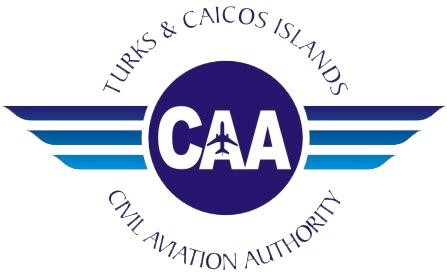Cabin Safety
Safety Briefings
Knowing what to do in an emergency could be the difference between life and death for you and your family. The safety briefing and the safety information card provided near your seat give vital information on the location of exits and emergency equipment. As this can vary from one aircraft type to another it is important to pay attention to the safety briefing and read the safety card each time you fly. You should check the location of your nearest emergency exit which may be behind you. Safety equipment will typically include life jackets, oxygen masks, seat belts/harnesses and floor lighting.
The safety briefing will typically include information on the use of portable electronic devices, stowage of hand baggage and the need for your seat to be in the upright position with the tray table stowed during take-off and landing.
Seat Belts
You are recommended to keep your belt fastened throughout the flight, and must do so whenever the "seat belt" sign is on (during taxi, take-off, landing and during turbulence). You should adjust your belt so that it is tight but comfortable with the buckle the right way round so that it can be released easily. If you have a blanket over your lap and are likely to fall asleep, it is recommended that you fasten the seat belt over the blanket so cabin crew can see you have the belt fastened. After landing, you must wait until the "seat belt" sign goes off before undoing your belt at the end of the flight.
Portable Electronic Devices (including mobile phones)
The use of portable electronic devices for sending and receiving data and voice calls is not permitted on board aircraft after they have closed their doors.
It may be possible to use a portable electronic device that has a transmitting facility in-flight, provided the transmitting facility is de-activated. This is often referred to as ‘flight safe mode’ or ‘airplane mode’.
Some airlines allow customers to use portable electronic devices for transmitting data and calls if the aircraft is fitted with a system that supports this, but there may charge for this facility.
Smoking
Airlines do not permit smoking onboard therefore the ‘no smoking’ signs will remain on throughout the flight.
Passengers are not permitted to smoke in toilets and these are fitted with smoke detectors. Tampering with an aircraft smoke detector is a serious offence and may lead to prosecution.
